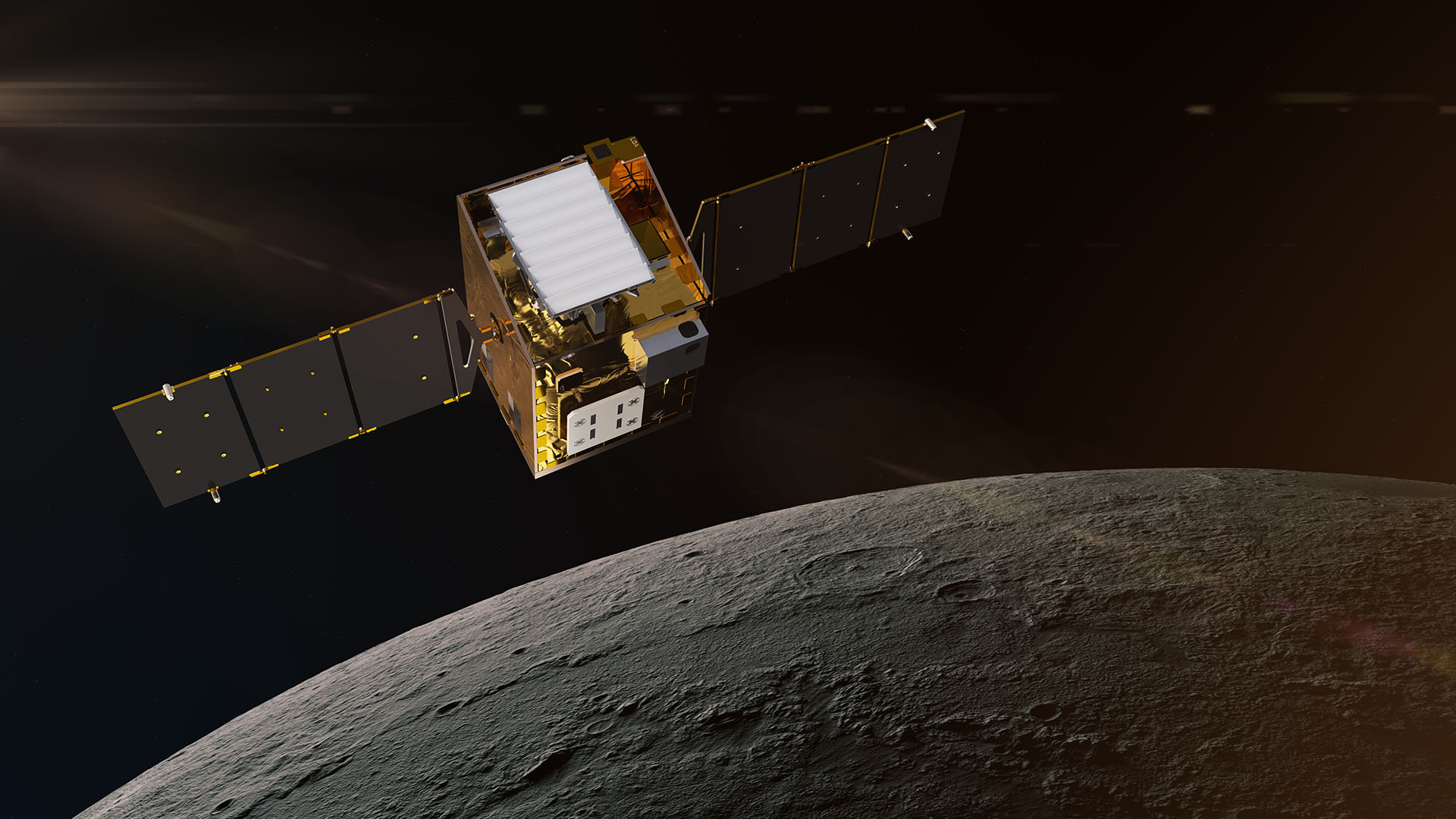NASA declares troubled Lunar Trailblazer moon orbiter dead

NASA has finally given up on Lunar Trailblazer.
The 440-pound (200-kilogram) moon orbiter went dark on Feb. 27, 2025 a day after it launched atop a SpaceX Falcon 9 rocket. NASA kept trying to hail the probe for months afterward but finally threw in the towel last week.
"While it was not the outcome we had hoped for, mission experiences like Lunar Trailblazer help us to learn and reduce the risk for future, low-cost small satellites to do innovative science as we prepare for a sustained human presence on the moon," Nicky Fox, associate administrator of NASA's Science Mission Directorate, said in a statement on Monday (Aug. 4). "Thank you to the Lunar Trailblazer team for their dedication in working on and learning from this mission through to the end."
The $94 million Lunar Trailblazer mission aimed to map the moon's water stores from orbit, which would have helped NASA gain a better understanding of the location and accessibility of this precious resource ahead of future crewed Artemis missions to Earth's nearest neighbor. But the orbiter never got the chance to do this work.
The mission team lost contact with Lunar Trailblazer on Feb. 27, likely because the probe's solar arrays were not pointed toward the sun as planned, agency officials said. This caused Lunar Trailblazer's batteries to deplete.
The team worked for months to reestablish contact, with the help of scientists and organizations around the world.
"As Lunar Trailblazer drifted far beyond the moon, our models showed that the solar panels might receive more sunlight, perhaps charging the spacecraft's batteries to a point it could turn on its radio," Andrew Klesh, Lunar Trailblazer's project systems engineer at NASA's Jet Propulsion Laboratory in Southern California, said in the same statement.
Breaking space news, the latest updates on rocket launches, skywatching events and more!
"The global community's support helped us better understand the spacecraft's spin, pointing, and trajectory. In space exploration, collaboration is critical — this gave us the best chance to try to regain contact," Klesh added.
These efforts failed to bring Lunar Trailblazer back, however, and NASA officially ended the mission on July 31, agency officials said in Monday's statement.
Lunar Trailblazer shared its Falcon 9 rocket ride with Athena, the second robotic moon lander built by Texas-based company Intuitive Machines.
Athena had problems as well. The lander touched down near the moon's south pole as planned in March but toppled over shortly thereafter, bringing its scheduled 10-day-long surface mission to a premature end.

Michael Wall is a Senior Space Writer with Space.com and joined the team in 2010. He primarily covers exoplanets, spaceflight and military space, but has been known to dabble in the space art beat. His book about the search for alien life, "Out There," was published on Nov. 13, 2018. Before becoming a science writer, Michael worked as a herpetologist and wildlife biologist. He has a Ph.D. in evolutionary biology from the University of Sydney, Australia, a bachelor's degree from the University of Arizona, and a graduate certificate in science writing from the University of California, Santa Cruz. To find out what his latest project is, you can follow Michael on Twitter.
You must confirm your public display name before commenting
Please logout and then login again, you will then be prompted to enter your display name.
